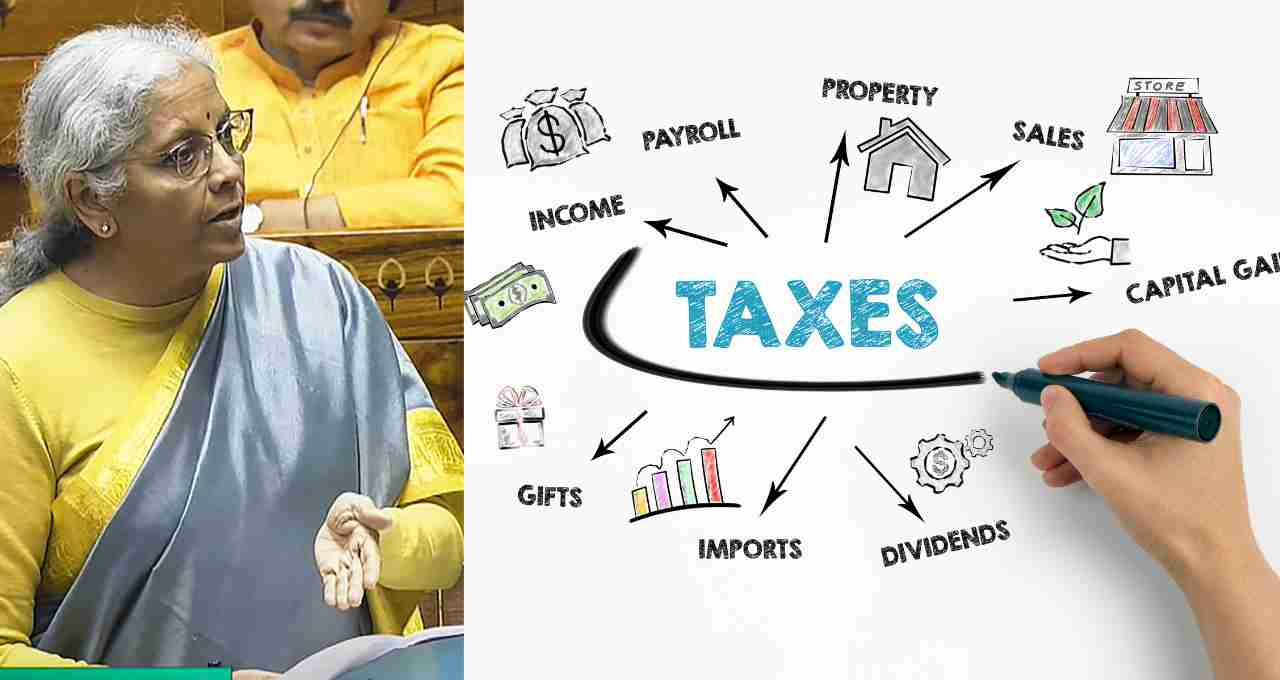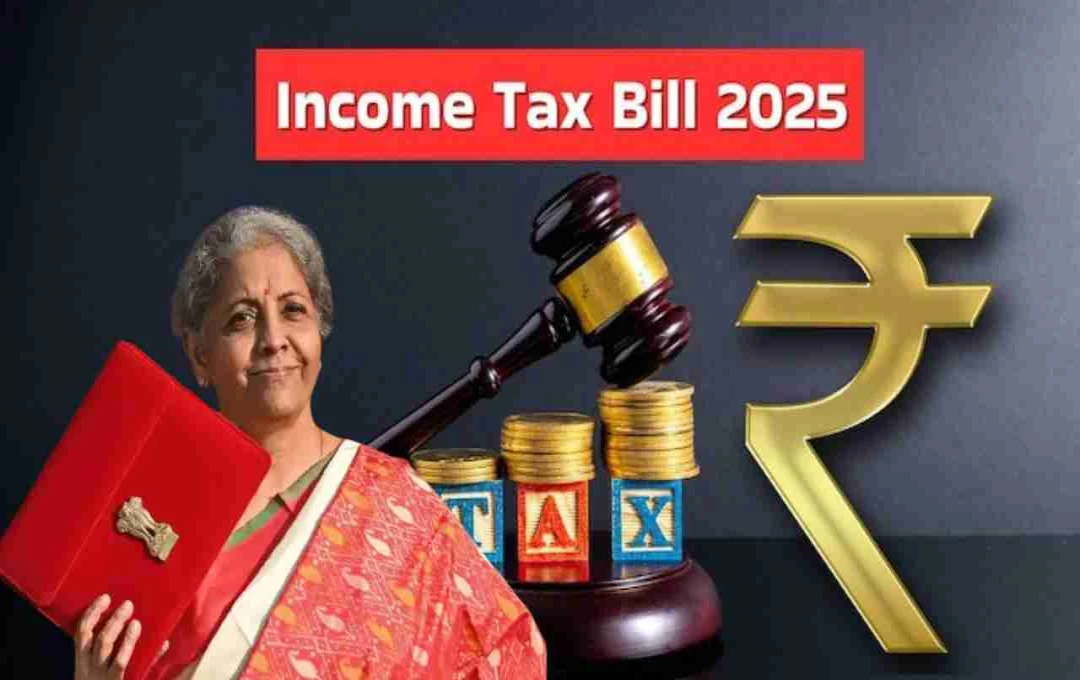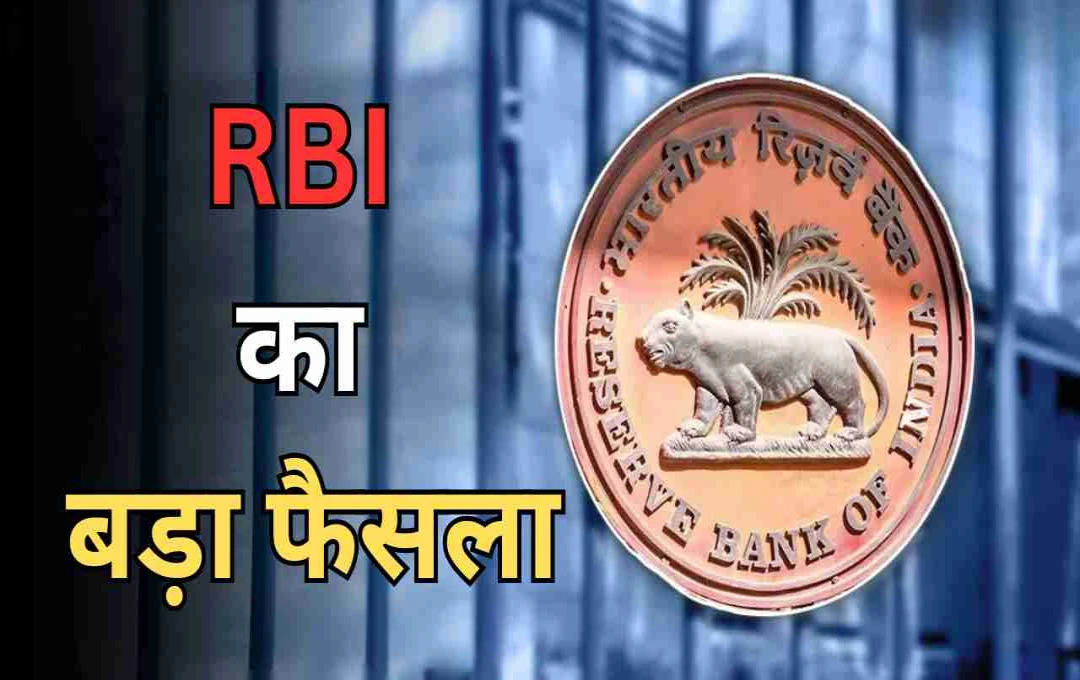Finance Minister Nirmala Sitharaman will introduce the new Income Tax Bill 2025 in the Lok Sabha today. This bill, set to replace the 63-year-old law, includes 285 amendments and several significant changes.
New Delhi. The new Income Tax Bill 2025, poised to replace the 63-year-old Income Tax Act of 1961, will be presented in the Lok Sabha today. Finance Minister Nirmala Sitharaman will table this revised bill in Parliament. It incorporates 285 suggestions from the select committee, including 32 major changes. The government asserts that this new bill will be shorter, simpler, and clearer compared to the old law.
Draft Introduced on February 13, Now a Revised Version is Coming
This bill was initially introduced in the Lok Sabha on February 13, 2025. Subsequently, it was referred to a 31-member select committee chaired by BJP MP Baijayant Panda. The committee provided approximately 285 suggestions, which were included in the report presented in July 2025. Now, a new draft incorporating these amendments will be introduced.
Why It Was Necessary to Withdraw and Reintroduce the Bill
According to Union Minister of Parliamentary Affairs Kiren Rijiju, when a parliamentary committee suggests such extensive amendments, it becomes impractical to present each change as a separate proposal. In such cases, it is better to restart the entire process. Rijiju stated that introducing a new bill will save time, provide legislative clarity, and enhance efficiency in operations.
New Bill to Replace Old Law
The new Income Tax Bill 2025 will replace the old Income Tax Act of 1961. It will not only be shorter but also written in simpler language, making it easier for the average taxpayer to understand. The aim of the bill is to reduce litigation and make the tax system more transparent.
Bill Size Reduced, Language Simplified
The current 1961 law comprises 5.12 lakh words, while the new bill will consist of only 2.6 lakh words. The number of sections will be reduced from 819 to 536, and the number of chapters will also be reduced from 47 to 23. Approximately 1,200 provisions and 900 explanations from the old law have been removed.

New Concept of 'Tax Year'
The most significant change in this bill is the concept of the ‘Tax Year’. Currently, a taxpayer's income is earned in the 'Previous Year,' and the tax on it is levied in the 'Assessment Year.' The new provision will combine these two into a unified tax year, simplifying the calculation and payment process.
New Rules on Trusts and Donations
The new bill proposes limiting anonymous donations to purely religious trusts. Trusts providing social services will no longer be included in this category. This step is being taken to increase transparency in trusts and prevent the misuse of funds.
Relief Provisions for Taxpayers
The bill proposes allowing taxpayers to claim TDS refunds even after the ITR deadline, provided there is no penalty. This will provide relief to taxpayers who are unable to file their returns on time for any reason.
New Bill to Be Half the Size
The new bill will be approximately half the size of the old law. Its design is such that it is easy to understand not only for experts but also for the general public. The government believes that this will reduce disputes and court cases.
Modern Technology and Cross-Referencing
According to Finance Minister Nirmala Sitharaman, this bill will feature technical upgrades and better cross-referencing. This means that there will be no need to repeatedly look in different places to understand any provision.
Kiren Rijiju stated that reintroducing the bill with such significant changes is a practical step. This will not only save the Parliament's time but also eliminate ambiguity regarding tax law.














